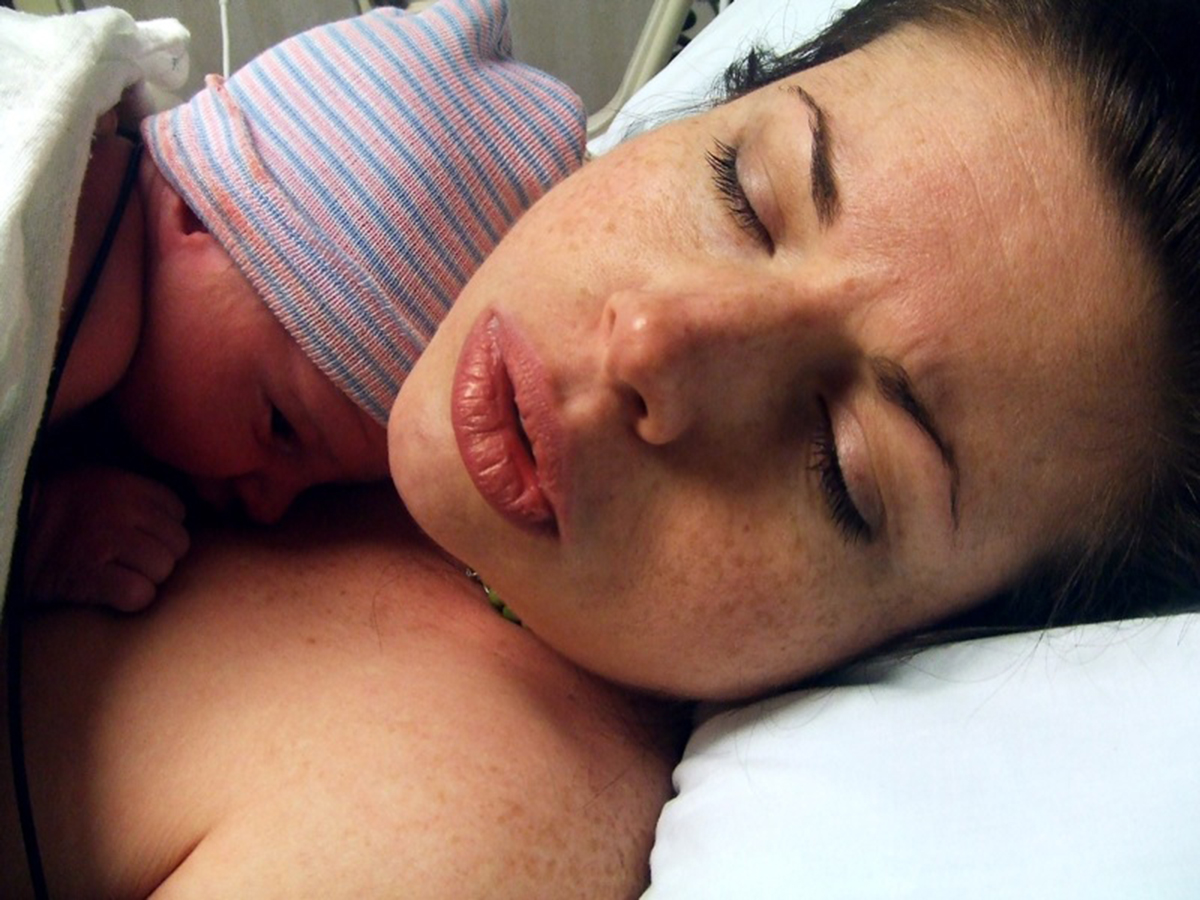Table of Contents
Place a piece of gauze soaked in sterile normal saline and folded up like a tampon into the vagina before you're about to have a cesarean section, leave it in for an hour, and have it removed right before your baby is born. Then, immediately upon birth, ask your birth attendants to smear it across your baby's face, in their mouth, and on the rest of their body.
If this is what you imagined vaginal seeding following a c-section to be, you were absolutely correct.

Just like my seven-year old son is weirded out by the thought of drinking from his sister's water bottle, the thought of vaginal seeding makes me feel ever-so-slightly queasy. Just like my seven-year old son still doesn't think anything of it when his sister, instead of trying to share her water bottle, accidentally forgets to cover her mouth while coughing in his direction, I don't have the same aversion towards bacterial colonization upon vaginal birth. That's natural, after all!
Is Vaginal Seeding Safe?
First off — is the normal vaginal environment through which the baby passes safe for babies during vaginal births? Not necessarily. That is why tests for HIV, other sexually transmitted diseases, and Group B Strep are carried out routinely during pregnancy. Even if these tests have been carried out, there is the possibility of a yeast infection, and also the risk of fecal contamination during the insertion and removal of the seeding cloth. Furthermore, we don't know if bacterial colonization works in the same way when attempted with a piece of gauze as it would, were it to happen naturally during the course of birth.
Indeed, the practice of vaginal seeding is based on a presentation by Dr Dominguez-Bello, a presentation rather than a peer-reviewed study. Thus, while we can't simply throw out the idea that vaginal seeding is a viable option, further research is certainly necessary to prove that this practice is beneficial, and safe.
What Should You Do, Then?
At the moment, following the advice of your medical team seems to be the best option if you are having a c-section and would like to optimize your baby's microbiome. In practice, they will be rather unlikely to advise vaginal seeding. Instead, take into account that current research shows that the uterus, rather than being sterile, also contains samples of the maternal microbiome. In other words, your baby may get some of those good bacteria even without vaginal seeding.
READ Doula Dani: Homebirth After C-section A Gamble
In addition, you can breastfeed, avoid giving your baby unnecessary antibiotics, practice skin-to-skin contact, and go home from the hospital as soon after birth as possible. While research hasn't yet determined the risks and benefits of vaginal seeding, your safest bet is to hold off.
- Photo courtesy of nyayahealth: www.flickr.com/photos/nyayahealth/9197273929/
- Photo courtesy of nyayahealth: www.flickr.com/photos/nyayahealth/9200037354/
- Photo courtesy of nyayahealth: www.flickr.com/photos/nyayahealth/9200037354/


Your thoughts on this